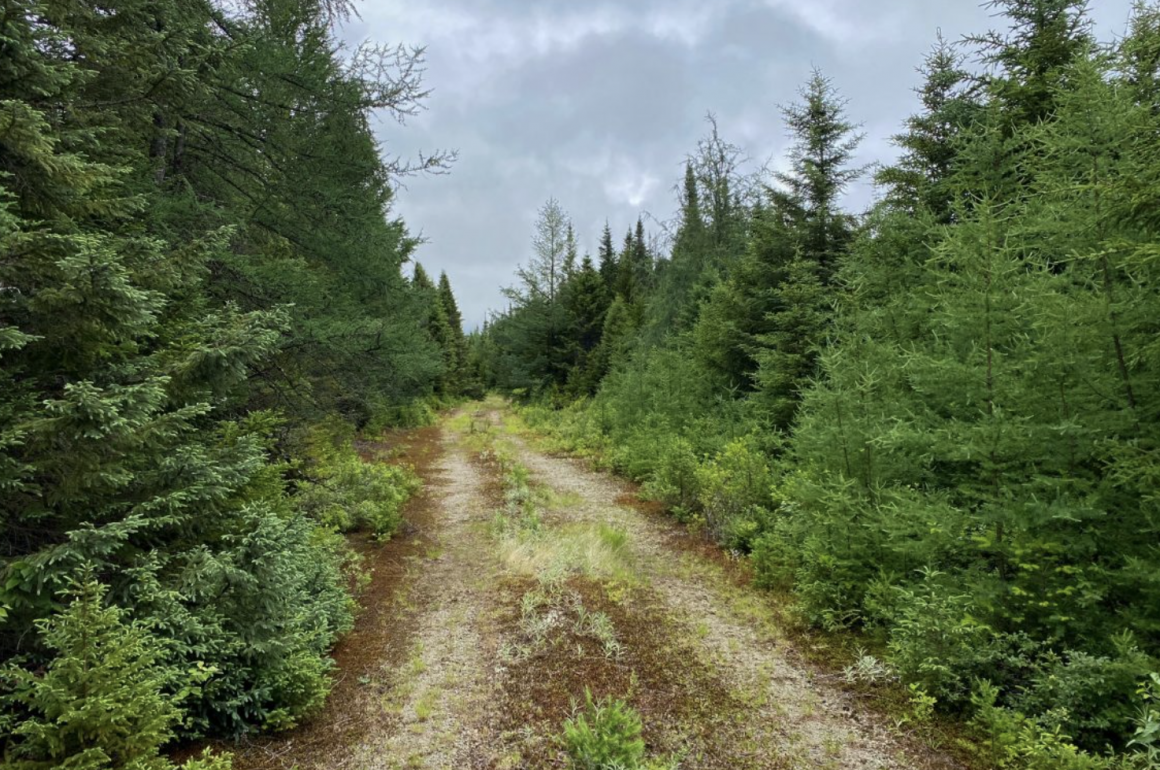
Note: Erika is the Communications Director for Audubon Florida.
During a chilly Florida day (yes, we have those) a few months ago, I drove thirty minutes outside of Tallahassee to a co-worker’s house for the singular purpose of checking out her bird feeders. Surrounded by native plants and at the edge of the woods, her feeders were always hotspots for interesting migratory and wintering species. On this particular day, I wanted to see one species and one species only: the Purple Finch.
Purple Finches abounded in Florida this winter and spring, popping up at bird feeders around the state. According to National Audubon Society, “Finch researchers are calling this year a ‘superflight,’ where every species of boreal finch is irrupting, or moving southward in search of food. A perfect storm of feast and famine appear to be driving this banner finch year, affecting Common and Hoary Redpolls, Evening Grosbeaks, Pine Grosbeaks, Pine Siskins, Red and White-winged Crossbills, and Purple Finches. Other irruptive passerines, like Blue Jays, Bohemian Waxwings, and Red-breasted Nuthatches, are also on the move.”
Watching the many brightly colored finches at her feeder was the highlight of my spring migration season, and I happily logged the species into eBird. I never expected another opportunity to see a Purple Finch in 2021.
Still working remotely as a result of the covid-19 pandemic, I spent nearly a month in Maine so my parents could help me take care of my toddler. Maine in summer is glorious, with comfortable temperatures and glorious skies. In the breeding grounds for many migratory species, I look forward to warblers, flycatchers, and more. But usually boreal species move farther north for the warmest months, and I don’t even look for Purple Finches.
And yet.
Walking down a dirt road in the Rangelely region, I contentedly listened to Red-eyed Vireos and White-throated Sparrows singing from nearby trees, a rushing river to my right and mountains flanking me on two sides. Though houses are few and far between here, I saw one had a bird feeder set up in the front lawn. Even without a binoculars or camera, the bright purple/red breeding plumage of a gorgeous Purple Finch jumped out at me. From the pine and live oak woods of Florida to the spruce and fir of Maine, these hand-sized birds make the cross-country trip year after year. Seeing a Purple Finch in both places makes me feel like I know them a little better.
They’re not alone on my bird list. I’ve seen Common Loons, Buffleheads, Northern Parulas, Red-breasted Merganser, and more during Florida winters and Maine summers. The birds connect us!













Leave a Comment